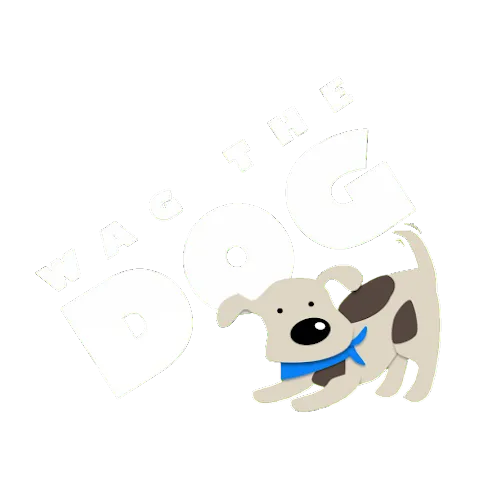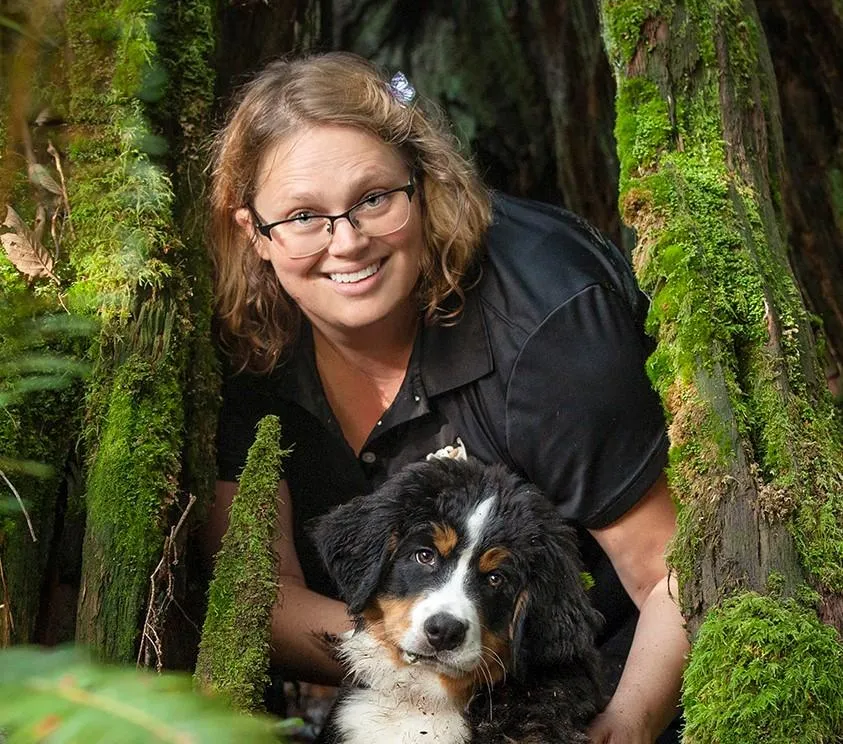
Useless Equipment: Why We Train Dogs Old School... ...Really, Really Old School
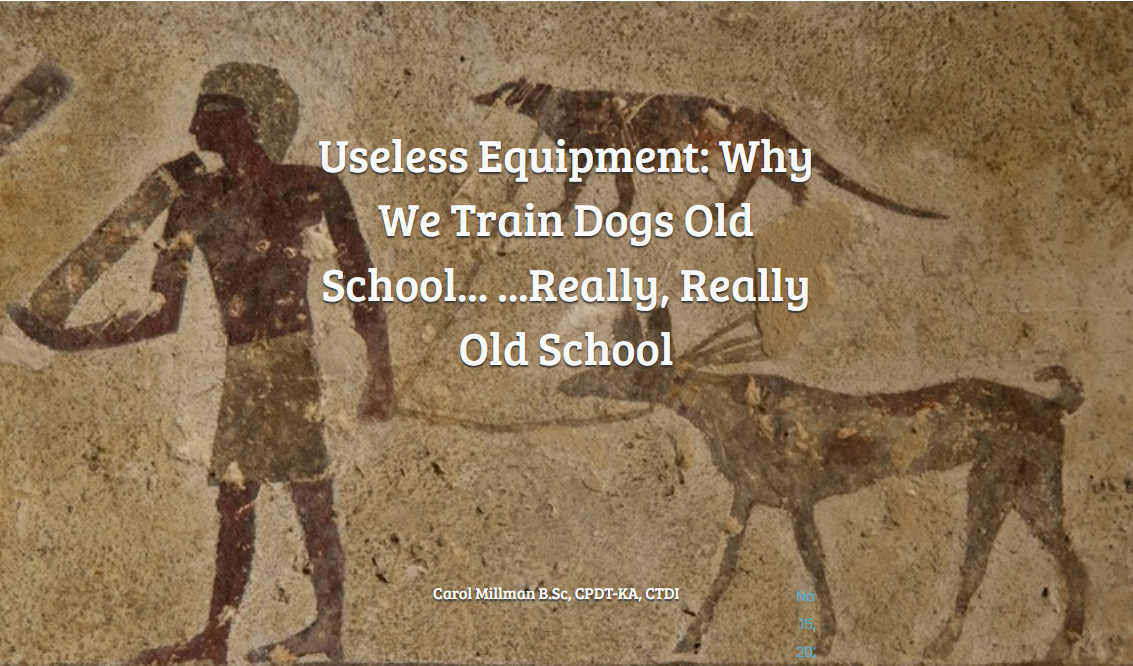
"Don't use THAT trainer! They don't use e-collars."
This is common advice often passed out on breeder forums, doggy facebook groups and so on. It isn't always e-collars. Sometimes its prong collars, or slip collars, head harnesses, front clip harnesses... even clickers. The theme is the same - judge the trainer by their equipment.
It always makes my eyes roll.
I don't understand the logic of "Don't use that trainer - they know how to train a dog without relying on a certain type of equipment that I have decided is essential."
First of all, any trainer who requires a certain kind of equipment to train a dog is a trainer who needs more practice and experience.
There has never been one universal thing that I've found that works with 100% of dogs.
So if I rely on treats, what if I meet a dog who would rather starve? If I rely on the clicker, what do I do if I meet a dog who's hyper-sensitive to sounds and flinches no matter how much that click is paired with steak?
If you rely on head halters, how on Earth do you train a pug?
Second, I think people make the mistake of assuming that trainers like us avoid slip collars/prong collars/e-collars or whatever because we are bleeding hearts who can't bear to use them.
That's not true.
Amelia and I are old enough to have been raised in the Barbara Woodhouse culture of dog training. I learned how to put on a "choke chain" collar properly and use it correctly at the age of seven. The dog training I learned from the trainer we hired in 1987 taught me how to combine praise, treats, and corrections in the style that nowadays gets called "balanced" training.
I became so skilled in delivering prompt timely leash corrections that the dogs didn't even hold it against me.
Amelia worked in a hunting kennel where the training was very focused on choke chains, force, and domination.
But something else happens when you become skilled in the art of dog training. You start to realize that the training collar is like Dumbo's magic feather - a psychological crutch that serves no truly useful purpose.
We saw that dogs who were trained by effective trainers did just as well in buckle collars as they did in choke chains, while dogs who were trained by ineffective trainers just choked themselves and gasped as they dragged the person down the road no matter what they were wearing.
We learned quickly that there was no magic to be found in such equipment.
I don't use slip collars because I don't need them.
I don't use e-collars because I don't need them.
I don't use prong collars because I don't need them.
The magic of the "correction" is the act of communicating to the dog that you dislike their latest decision - whether that decision is to pull, or jump, or eat something out of the gutter.
It turns out that as long as you make this clear with good timing and effective communication, you don't need any particular kind of equipment.
In fact, you can do it when the dog is completely naked.
Heck, you could be naked too, and it would still work, although my clients are probably very glad that I never feel the need to prove this to them conclusively.
The fact is that if you look back far enough - before Barbara Woodhouse, before "dog training" became such a popular career - people have never relied on equipment.
We Domesticated Dogs Without E-Collars
Actually, that's tongue-in-cheek.
So far as we can tell, we didn't really domesticate dogs at all. We think they domesticated themselves? Or maybe they domesticated us?
Dogs chose to stop being wolves. They chose to follow us, sleep with us, hunt with us and protect us. And those who accepted dogs... succeeded. Universally.
Archaeological evidence of humans and canines working together goes back over 18,000 years. Ancient cultures across every continent viewed dogs as the diplomats of the spirit world, who guarded us against demons and ushered us to the land of the dead.
At least, if they liked us.


Nowhere in any of those ancient writings do they say they needed special equipment to convince the dogs to lead us through the spirit world or protect us from demons. They just... did it.
Collars and leashes seem to have been invented quite early. Even early cave paintings show dogs on leashes. They started out as ropes or leather cords knotted around the neck, and by the time of ancient Egypt the collars had evolved to wide, elaborate decorations, fastened with a bow.

Farm and livestock guarding dogs wore pronged collars - but the prongs pointed outward, to protect the dog's neck from predators. Leashes were not training tools, but safety tethers, to prevent a hunter from losing track of his hound or to keep a dog close to the object they wished the dog to guard.

The
Greeks and Romans wrote a lot about the selection, breeding, and training of dogs. They counsel us to get white dogs for guarding your farm at night, so you won't mistake them for wolves in the dark. They advise us to encourage hunting dogs with tasty meat morsels, and to let them learn from other, more experienced hounds.
They often chained dogs to the objects or locations they were meant to guard, and details of their wonderful feats were sometimes written on their collars.
The collars marked the dogs as precious possessions - often they were weighted with gold and silver- to distinguish them from the disdained feral strays who scavenged garbage in the streets of every city.


Arrian counseled us to let hunting hounds sleep in our beds, so we would know if one was ill or had a restless night, and so they would bond to us better. He recommended kissing them on the head and praising them in turn by name when they did well.

Now, I know you want to interrupt me and remind me that regardless of one guy kissing his dogs, the Romans were brutal to humans and animals alike. Besides, should we really take advice from people who thought they could read the future in the entrails of a goat?
Of course not.
We've learned quite a lot over the past couple thousand years.
But that's just the thing - even though ancient peoples kept slaves and thought brains were useless skull-filling goo and even though they put spikes on the outside of the dog's collar, instead of the inside like many people do today, they still managed to train their dogs.
Neolithic nomads managed to tame huge wolf-like canids in the days when the height of technology involved chipping rocks into pointy shapes.
Remains of ice age puppies buried 18,000 years ago in the permafrost tell us that we've been keeping dogs for a long time.
We've found skeletons of dogs who had been nursed through illnesses before being buried close to or even within human graves.
We've been caring for dogs for a long time, and they cared for us in return... Across cultures, across continents, people had dogs who kept them safe, helped them find game, and protected their domesticated herds.
So how did we get them to do it?
1. Dogs Are Social Animals
It's no coincidence that the first domesticated animals were highly social species.
While the Egyptians had domesticated cats, the cats were not directed or relied on in any way. They were petted and praised for their ability to keep mice out of the grain stores. But even in Africa, no civilization ever had lions leading their hunts or guarding their flocks.
Wolves are highly social and cooperative animals. They love their family, spoil their puppies, and cooperate to bring down game.
While the shyer canids avoided humans and evolved into today's wolves, the less shy ones began to cooperate with humans as well. And so the more cooperative and easy-going the animal, the more successful it was and the more doglike it became.
Dogs are unusually cooperative animals. They'll go along with whatever ridiculous game we want them to play, as long as there's some fun or food or affection attached to it. Dogs are so cooperative that sometimes people seem to forget that they don't live and die for our every whim and complain that their dog is "stubborn" for not wanting to do something they have decided the dog must do.
The fact is that if you have a solid, loving, trusting relationship with your dog, your dog will do their absolute best to help you out and go along with your whims so long as the dog understands what you want and has no serious objections to your request.
"You want me to sit? In this wonderful place full of interesting smells? Okay, boss, if you really want me to.
...Oh, hey, I see a squirrel!
Sorry boss, I'll be back shortly and then we can do more of this sitting thing you like so much, okay?"
Really, when you realize how many dogs will sit - if somewhat reluctantly - and hold still in an engaging environment, and ignore all of their most primal instincts and refrain from their favourite pastimes just because we insisted that it is really important to us...
...It makes you wonder if we even deserve dogs.
"What's that? Work in a WAR zone?
Go across enemy lines, past all kinds of loud bangy noises BY MY SELF?
...Sure. I'm in."
Like I say... dogs are incredibly cooperative. As are humans. So we take it for granted. But quite honestly, we can't even get chimpanzees to do things as reliably as dogs will.
They're really, really, really willing to please.
So it doesn't surprise me in the least that people like the Romans, who thought heavy metals made great plumbing materials, were able to get their dogs to help them out.
Honestly, it really isn't that hard.
2. Genetics
One thing that the Romans seemed to grasp far better than the average person these days is that you have to get the right dog for the job.
Pliny and Arrian and the rest put a lot of emphasis on picking the right dog. If you wanted a guard dog, you got a Molossian - preferably from one with a family history of being good guarders. If you wanted a swift hunting dog, you looked for a swift dog from a line of good hunting dogs.
These days, people seem to want to pick any dog they like, and turn it into whatever they want. They want to buy an Australian Shepherd and turn it into an easy-going couch potato. They want to get a Mastiff and make it an agility dog. They want to get a beagle and teach it obedience.
Xenophon would have considered that utter idiocy.
Nowadays, we call it a career path.
Half of a dog trainer's job - if not more - consists of convincing dogs bred to chase things to ignore squirrels, dogs bred to guard things not to bark at visitors, and dogs bred to think for themselves to be mindlessly obedient.
All dogs have to walk nicely on leash, greet strangers calmly but warmly, ignore wildlife, and respond to any command they are given.
...Regardless of their genetic tendencies, their designed purpose, or their personal feelings on the subject.
Genetics are real, and they are strong. Every animal including humans has fundamental drives which are extremely powerful. Try asking humans to avoid hunting (aka shopping), remain isolated from their social groups, and eschew sex.
Oh right, we did, during the pandemic. How do you think that went?
The more cooperative people did their best to comply, didn't they? Other, less cooperative types, rebelled. It was a tall order and not everyone felt motivated enough, or cooperative enough, to go along with it.
And yet if a dog bred to run swiftly through open fields can't plod along behind their owner at one kilometre an hour, we think it's a problem with the dog.
No wonder so many people resort to pain and force in order to get dogs to comply - no wonder we have whole cohorts of people who think the only way to get a dog to ignore all of its natural instincts is to give it some electrical "stimulation" when the dog tries to engage in their natural behaviors.
But there's another way. The old-school way.
The Ancient And Time-Tested Method of Training A Dog
1. Provide the dog with a safe and comfortable environment, whether that is a spot by your campfire or a comfortable king sized bed with a feather duvet.
2. Provide the dog with a stable and rewarding social relationship with you.
3. Identify the dog's most basic drives - the things your dog needs. Is it physical affection? Food? Things to chase? Smells to sniff?
4. Identify ways to provide your dog with their needs in a way that is a) legal b) safe c) doable given your cultural and social norms as well as local bylaws.
5. Ask your dog to cooperate with you on your strange whims, like walking in a straight line on a boring cement walkway instead of zigzagging through forest paths, in return for healthy doses of those things your dog most loves and needs.
6. Communicate your wants and needs clearly, and show the dog that by cooperating with you, they will not only make someone they love very happy, but they can get their very favourite things when they do so.
...That's it. That's all you need.
Everything else is either a magic feather, or a replacement for the things above.
If you refuse to let your Beagle track anything, ever, then yeah, you might need a shock collar to get them to come back to you when they finally get a chance to go shopping for rabbits.
But that's not the Beagle's fault, anymore than it's the fault of your Porsche that it can't dig a hole in your back yard. If you wanted holes dug, you should have bought a backhoe. And if your backhoe isn't winning you any races, then that's not the backhoe's fault either.
If you have a Beagle, then maybe don't expect mindless obedience and flawless recall, any more than you would expect a backhoe to win on a NASCAR track.
You got a Beagle. Take advantage of the Beagleness and get that dog to track down your cell phone when you lose it three times a day. Get that dog to track your kids while they go hide in the woods. Play hide and seek. That dog could find you in a dark coal mine if they wanted to.
Make them want to.
Sure, you could just shock the Beagle when the Beagle doesn't come when called, but honestly knowing Beagles, they still might shrug and keep going if they're on the trail. Xenophon wasn't much impressed with hunting dogs who gave up the chase and came back because of a little bee sting.
But ask the Beagle to come FIND you, and that Beagle will spend all day hunting you down. If you need a choke chain, or a head collar, or a pinch collar, or even a clicker in order to train a dog... then chances are you don't know how to work with the dog in front of you.
I use clickers with some dogs, but not with others. I use social learning with some dogs but not with others. I use scent training with some dogs, but not with others. I use balls are rewards for some dogs, but not with others. I use whatever I have, and whatever the dog needs, so I can get that dog to want to cooperate with me. It's not hard, either.
Like I said... they're really cooperative animals.
Yes, even Beagles.
I build the kind of relationship with the dog that will make the dog say, "what, no treats in your pocket? No balls? And you want me to do THAT? Okay... I'll do it for you, boss. Because you're great... and I love you."



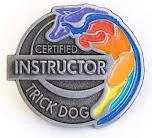


Welcome to Canine Education
Wag The Dog delivers accredited dog training and service dog training in the Lower Mainland and Fraser Valley of beautiful British Columbia.
We train at the forefront of canine cognitive science. We know that our dogs are capable of understanding so much more than people think.
You want to have the best possible relationship with your dog, but you don't know how to handle the problems that keep cropping up.
Or maybe you are getting a new dog and you want to feel certain that you are doing things right.
Or you are a dog enthusiast with dreams of training your own service dog, or even becoming a dog trainer yourself someday?
The important thing is: you want expert guidance from a dog trainer you can trust to be ethical, experienced, and educated.
Our highly-educated trainers hold science diplomas in Psychology, Animal Health, and Assistance Dog Education. We have a combined 30 years of hands-on professional dog training experience.
We are certified by the Certification Council for Professional Dog Trainers and accredited AnimalKind by the BC SPCA
.
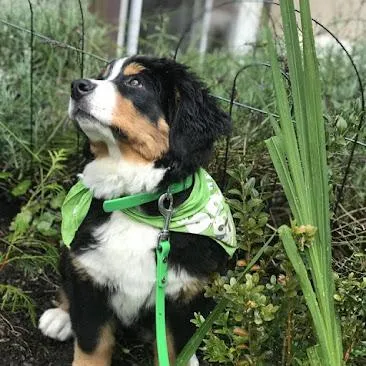
Don't miss this crucial period!
Boost your puppy's potential with our enriched puppy program.
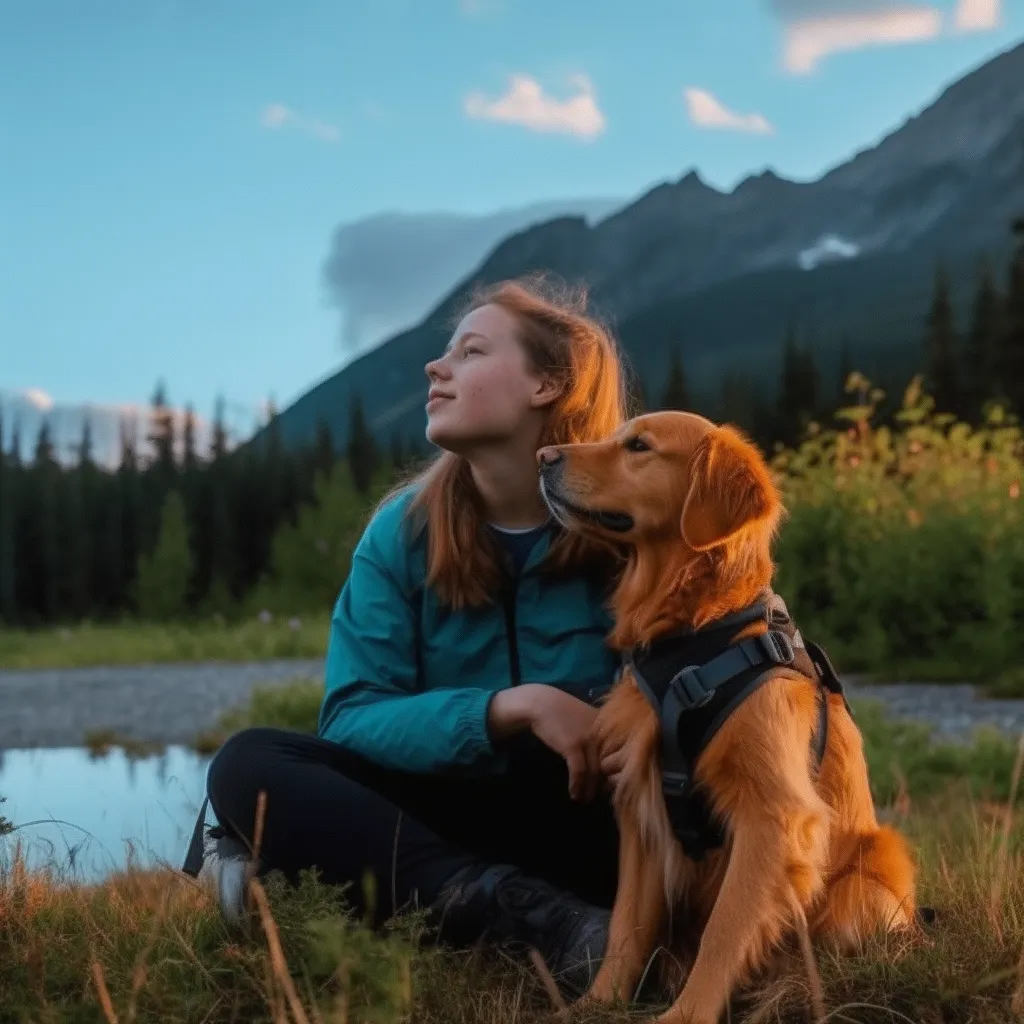
Deepen your communication and trust with this attachment-based program.
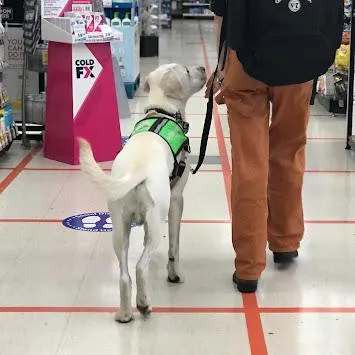
Want to train your own service dog?
Our graduates get certified by the province of BC.

Turn around your dog's behavior. Our unique methods will change your relationship with your dog forever.



Watch Us Work!

Carol did an amazing job with our out of control Pomskie. She taught us that with determination, practice and lots of patience
Anything is possible. Thank you from the.
bottom of our hearts
Ellen and Amie
-Ellen V.

It is a joy to watch Carol work with George! She demonstrates and shares a wealth of knowledge about dog behaviour. Her approach to dog education is delivered with a high degree of respect for the intelligence and curiosity of the animal. She has made good friends with cautious George.
Richara J.

Both me & my pup love learning with Carol! She’s not only a great dog trainer, but just a really great person too. Her expertise, experience and ethics, mixed with her kind, fun-loving personality brings a feeling of certainty, understanding and calm to each session.
-Chloe T.
